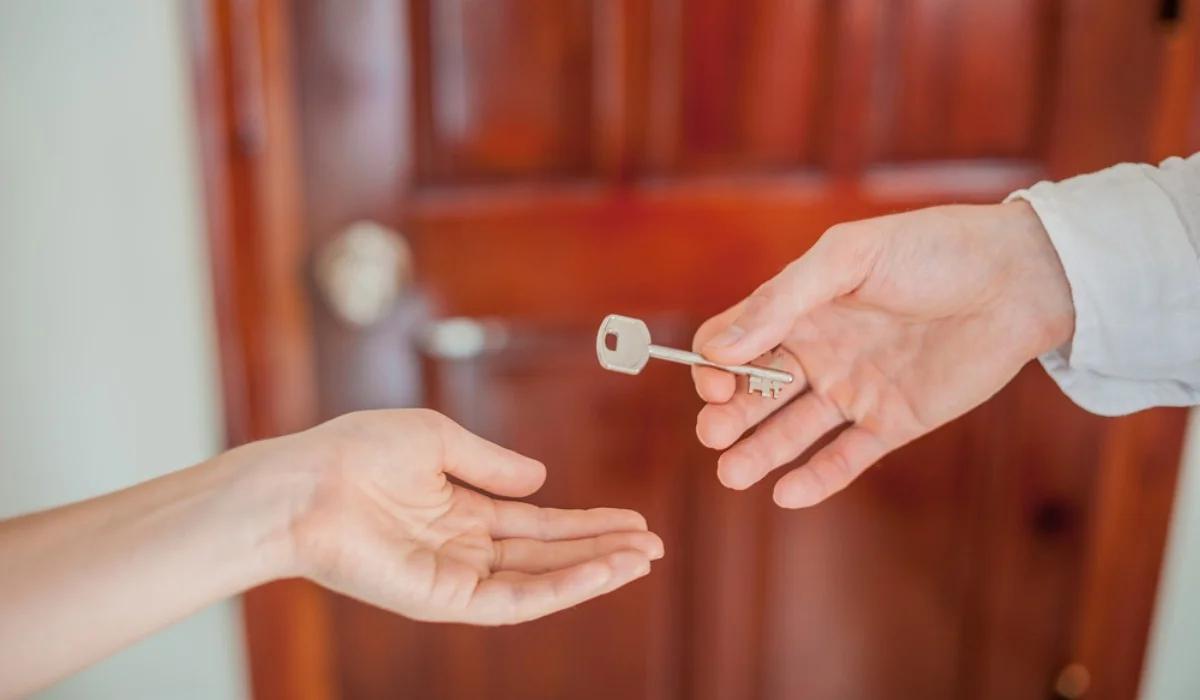
All You Need to Know About Transferring Property After Sale
What to do after finding the house of your dreams?
Once you find the house or apartment of your dreams, you have done half the work. The other half is where the real work begins. First, you need to transfer the property. Transferring the property is a complicated process that will take ages to finish. This entire process may seem complex and time-consuming, but you will have a great house or apartment in the end. To help you understand the process, we will provide the steps you need to follow to make the transfer process easy without much hustle. So while we are on the subject, you can ask for help from an expert and relax.
Procedures for transferring the property after finding the perfect house or apartment
1. Sellers must prove that they have agreed on a price for the property.
You, the seller, and the buyer must prove that they have agreed on a specific price. The proofs are the documents referred to as the Unified Form F and an Agreement of Sale. These two will mention the terms and contents of an understanding between the two parties and detail each party’s needs and responsibilities. In general, sellers usually request pre-approval to continue the selling process.
2. The bank values the properties after they’ve signed the necessary paperwork.
After the documents are signed and ready, the buyer has to pay for the property. Then the bank, which is providing the mortgage, will value that property. As for the evaluation process, the lenders ensure that the house is qualified for a mortgage and that the market value would be sufficient to pay off the mortgage in case of a forced sale.
When the property is under evaluation, the seller and the buyer need only be present if they want to. The evaluator will be a company hired by the bank. After completing the evaluation, they deliver a report to the bank that includes the property’s valuation. The final mortgage offer will then be moved forward by the bank.
3. The buyer submits the necessary documents to secure a mortgage.
When the lending bank has approved the price, the buyer is supposed to submit several documents to the banks. All these documents have to do with his financial status and ability to pay the required amount. In addition, the buyer needs to provide some documents, including credit card statements and other financial qualifications. Then, the bank will take around seven working days to process the mortgage offer letter.
4. Get the liability letter from the lending bank.
Let us start by introducing you to this liability letter. A liability letter is a letter that explains the exact amount the seller’s bank needs to be paid, the plot number, and other details of the property. It usually takes about seven days to process, but it is valid for only seven to fifteen days. Once the mortgage letter is issued, you will only get the liability letter.
5. Go to the bank and get the liability statement.
You might feel overwhelmed by the many documents this process requires, but you do not need to. The purpose of these papers is to protect the rights of both the buyer and the seller. As a buyer, you must take the liability letter to your bank before it expires. Once the manager’s check is ready, the bank will pay off the seller’s mortgage. Before the settlement, there should be clarity on whether the seller must be present. In addition, the purchaser must take copies of any checks used as evidence of liability settlement.
6. Obtain the clearance documents.
Here are the primary clearance documents that are supposed to be issued:
- The original title deed
- A letter to Dubai Land Department
- A letter to the developer
- A letter addressed to the seller
Now you have all parties involved in the deal included in the documents. Yet, the information mentioned in each of these documents is very similar. It simply states that there is no more mortgage on the property and that there is no problem selling it. However, it is neither the buyer’s nor the seller’s responsibility to submit the documents. The buyer’s bank should get these documents from the seller’s bank.
7. NOC from the developer – The final step before transferring the property.
The process of transferring the property is almost finished. Getting a NOC is the final step before the actual transfer takes place. You get a NOC, or No Objection Certificate, from the property developer. In brief, you need the NOC to ensure that there are no more debts and that the developer does not mind the owner selling the house. The seller must bear any maintenance fees associated with the property within three months of the sale. After transferring the property, the buyer will then pay back these fees.
8. The final step – transfer the property!
Oh! Finally, we are here! As the buyer, all you need to do now is send the NOC to your banks and book a date for the transfer. Congratulations! The transfer of the property is now complete. You might have felt it was a bit complicated, but it is not. Once you finish the first document, you will move on to the next one until you complete the process.
Now tell us in the comment section below: Did you have to go through a transfer process recently? How was the experience? Did you follow the exact steps we mentioned in the article? As always, we cannot wait to hear from you.




